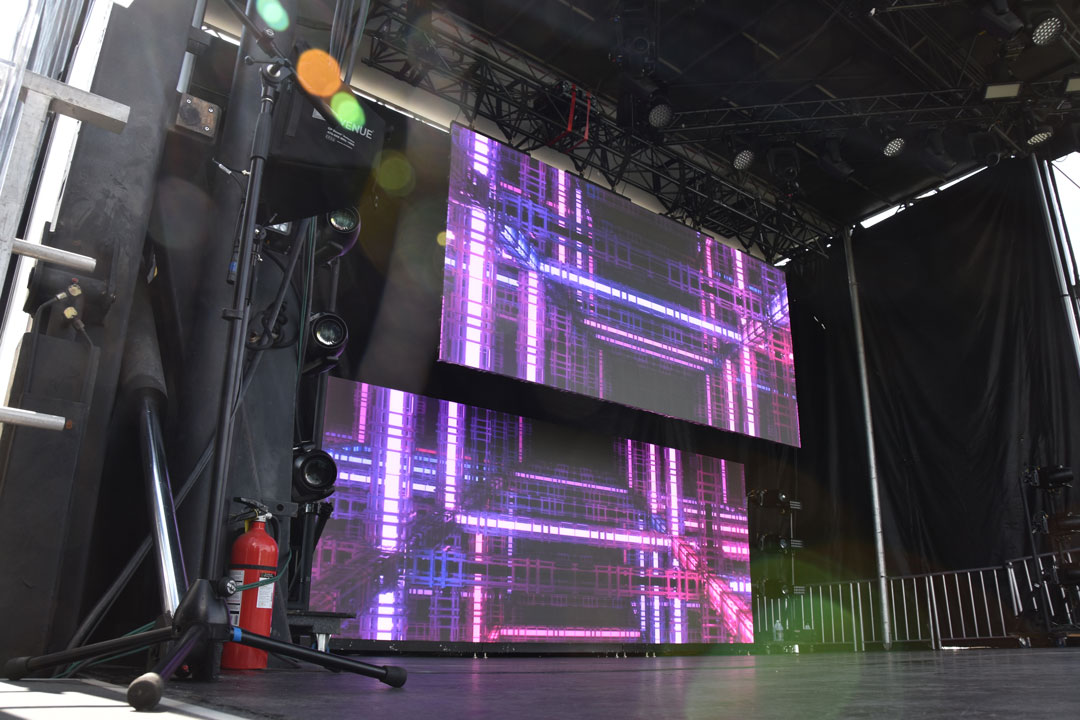A Comprehensive Comparison of Different LED Display Wall Techniques and Their Applications
A Comprehensive Comparison of Different LED Display Wall Techniques and Their Applications
Blog Article
Light Emitting Diode video walls are increasingly common across various settings, including music events, athletic events, as well as business meetings. These large displays are made up of many individual LED panels that work together to create a single unified image. There are different kinds of LED display screen solutions available, each with its own features as well as benefits. Grasping these technologies options can help companies as well as organizations choose the right solution for their specific needs.
A frequent type of Light Emitting Diode display wall solution is the directly viewed LED. This solution utilizes individual Light Emitting Diode units which are placed near together to create a big screen. Direct view Light Emitting Diode screens are recognized for their high luminosity as well as vibrant colors, which makes them perfect for outdoor activities and brightly lit settings. These displays also have a wide viewing perspective, allowing indicating that people can view the display distinctly at different positions. Such renders direct view LED screens a favored choice for stadiums as well as external festivals.
Another kind of LED video screen solution is the LED illuminated LCD. This solution merges conventional LCD screens and LED illumination for improved luminosity and color precision. LED illuminated Liquid Crystal Displays are often used in indoor environments, including retail malls and conference spaces. These displays provide excellent visual clarity while are typically more cost-effective than direct view LED screens. Nonetheless, they may often function as effectively in bright settings, since the backlighting can occasionally dull the hues.
Another thirdly option is the OLED video wall. Organic Light Emitting Diode solution offers exceptional contrast and color richness in relation to other types of displays. Each pixel in an OLED display produces its individual luminescence, enabling for genuine blacks and vibrant colors. This makes Organic Light Emitting Diode display screens especially attractive for uses which require high-quality visuals, such as art exhibitions or high-end shopping outlets. Nonetheless, Organic Light Emitting Diode solution can be costlier costly while may often be as luminous as directly viewed LED walls, making it not suitable for external use.
Along with the aforementioned options, there are also various applications for Light Emitting Diode display walls. They can be used for promotion, amusement, as well as information display. For instance, companies commonly use LED display screens for electronic signage to attract customers and promote products. In entertainment, these displays enhance the sight experience at concerts as well as gatherings, offering dynamic backgrounds as well as captivating visuals. In business settings, LED video screens can be utilized for presentations, video meetings, as well as training sessions, aiding to communicate information in a aesthetically attractive way.
In conclusion, Light Emitting Diode display walls are led video wall for digital signage available in different types, each with its unique benefits and applications. Directly viewed Light Emitting Diode walls are ideal for outdoor applications, whereas LED illuminated LCDs are more appropriate for interior environments. OLED display walls offer exceptional visual quality but may be at a higher cost. Grasping these differences can assist entities make knowledgeable choices about which type of LED display wall best satisfies their needs, whether for promotion, amusement, and corporate use.